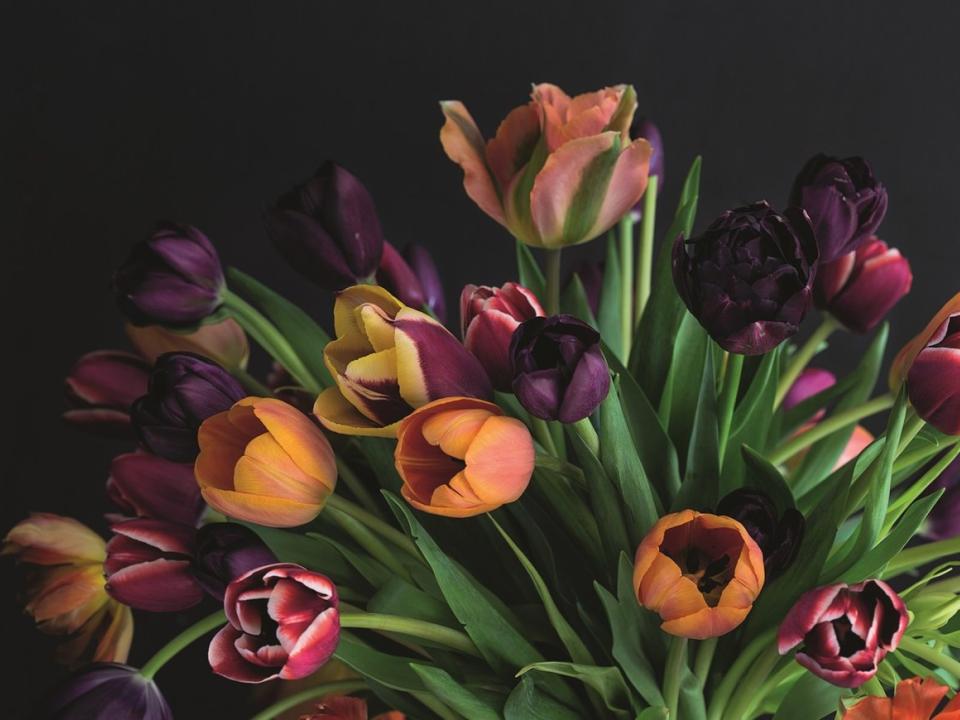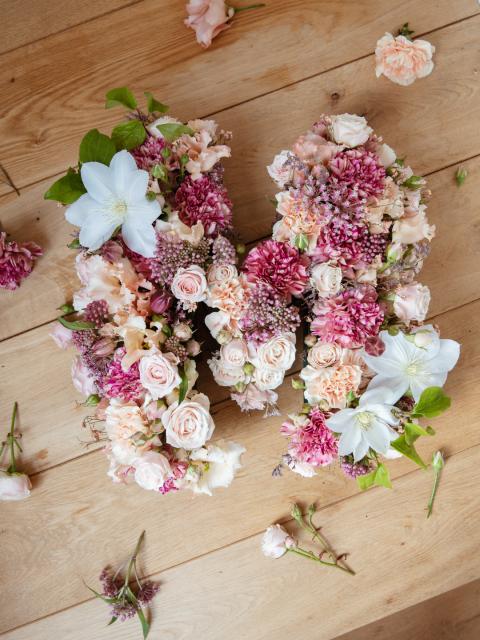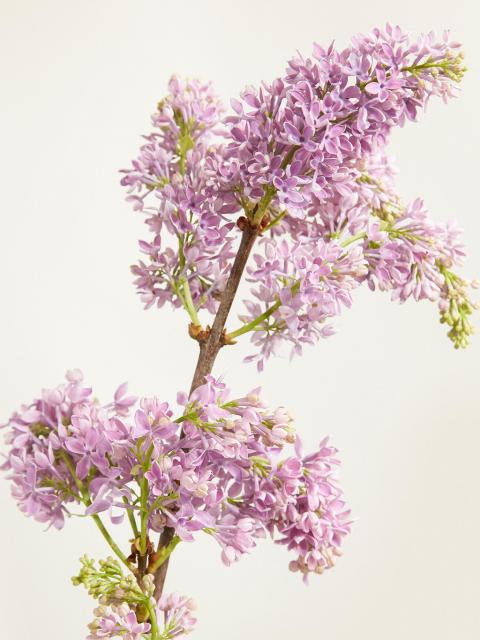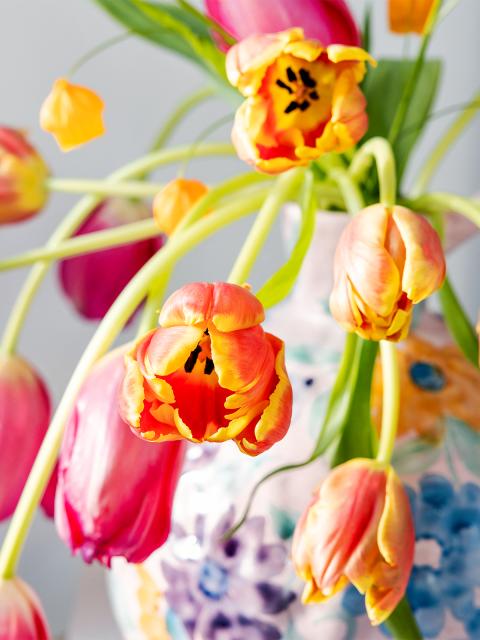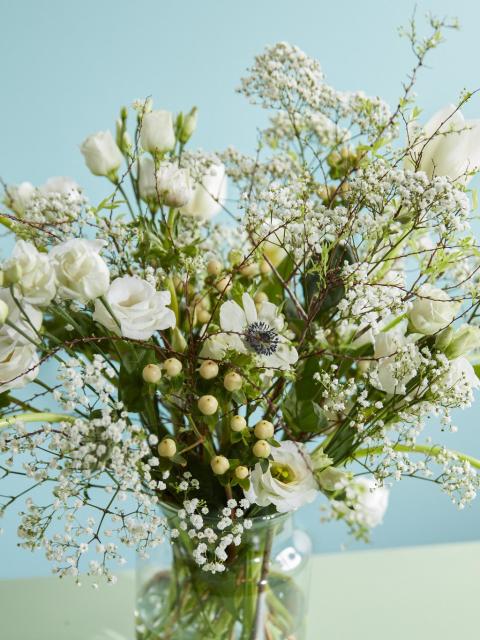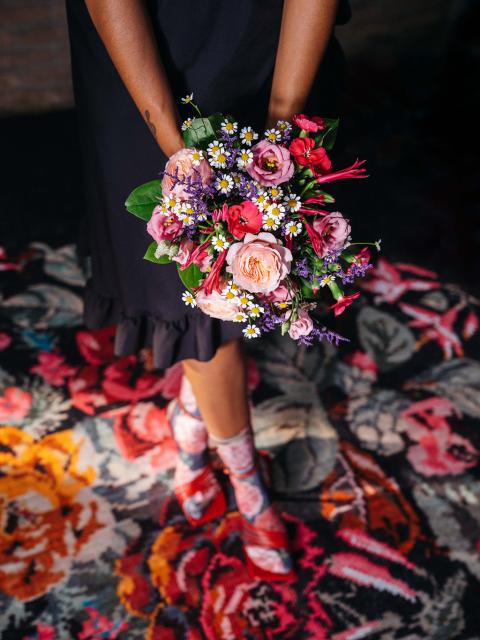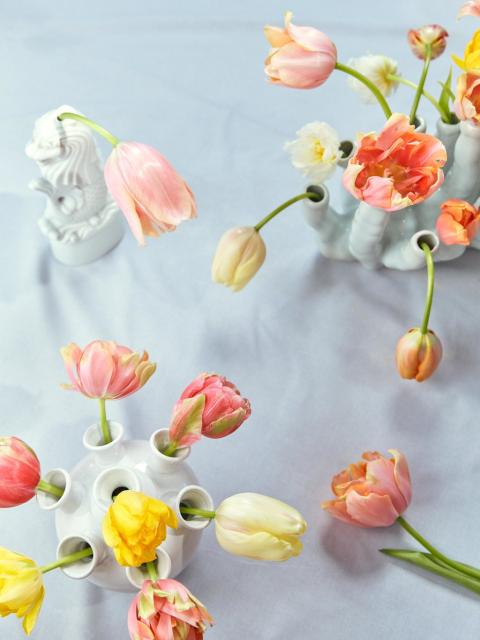Why do you think tulips are still so popular?
"They have mesmerised and captivated us for generations, right back as far as the Ottomans, as they originate from Turkey. In the spring months they symbolise new life. With so many varieties, colours, shapes and textures, tulips are a breath of fresh air and a riot of colour, which we need after winter!"
Which is the most dramatic tulip?
"For me without a doubt it's the Parrots, like 'Orange Favourite', below. Parrots stretch out like a cat from a deep sleep, and they're a delight to watch through their whole transformation, from when they start to unfold until they have blown. I find them the most fascinating to shoot, because they look alien and unreal."
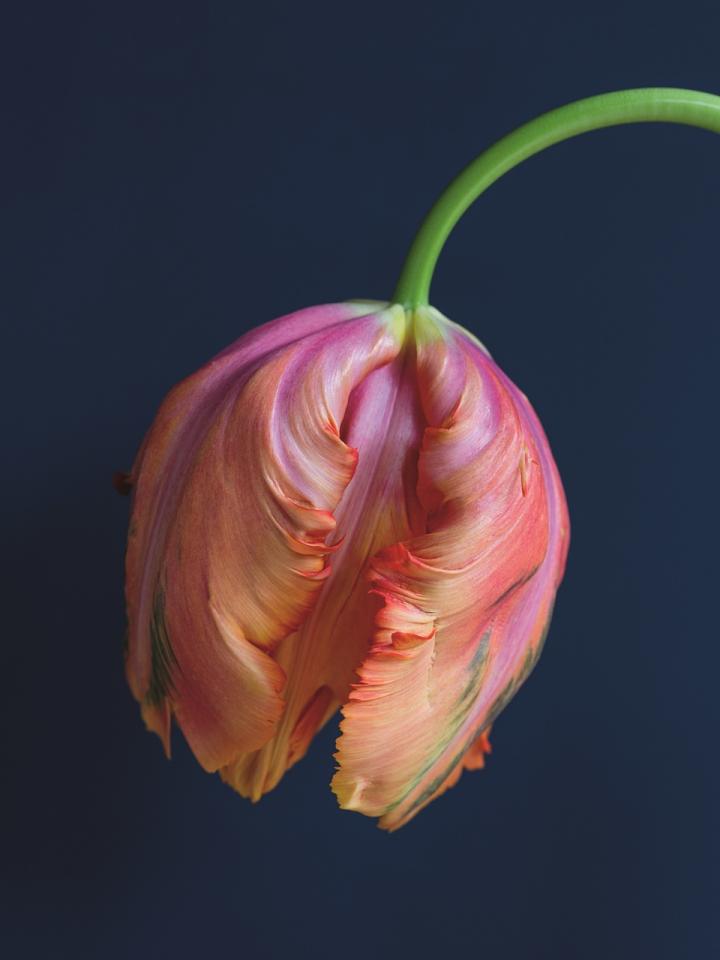
Which is the most quietly beautiful?
"The Species tulips are so dainty and delicate. They're fragile little things, but full of personality. They require certain conditions to thrive and can be very susceptible to extreme conditions. Once at their peak, they are delightful. It's almost hard to believe they are even part of the tulip family, particularly 'Tarda', below."
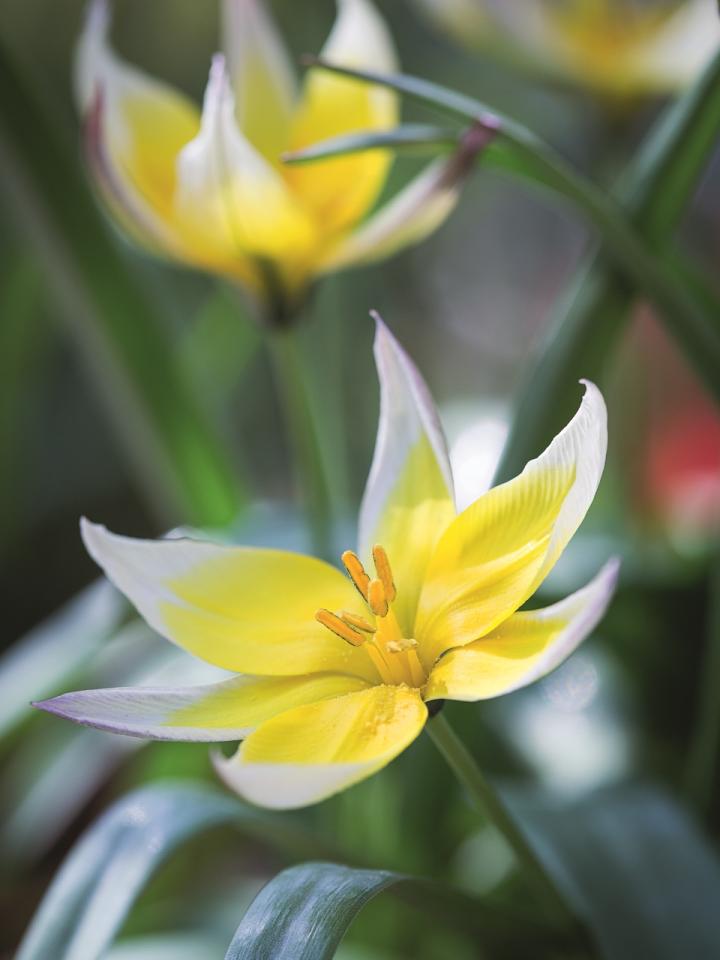
Which is your personal favourite?
"It's a tough call after getting so up close and personal to them. I changed my mind all the time when I was shooting. I do love the deep purple ones like 'Queen of the Night' and the Double Early 'Flaming Margarita', but my ultimate favourites are Viridiflora tulips. 'China Town', below, is the best, it's so subtle in colour and tone and not overbearing like some of the others can be. It's a fine-looking tulip and hangs its head beautifully. I just love the way its petals bleed and curl. It seems calm and content."
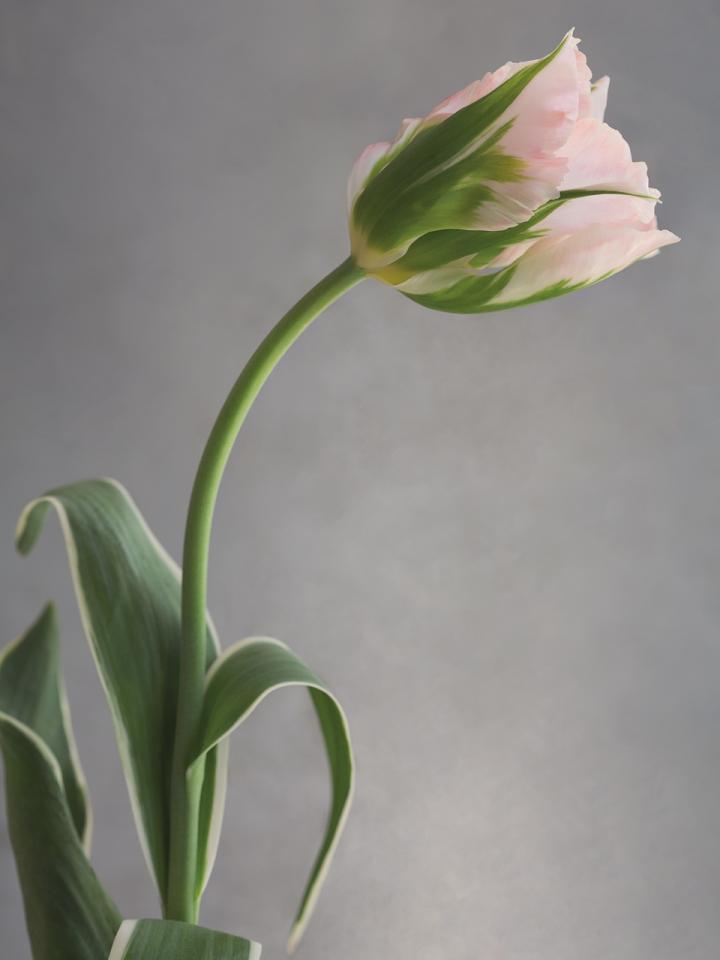
Tell us something interesting you found out on the project.
"I like the idea that tulips are edible. I thought they were part of the allium family, but they actually belong to the lily family. Apparently, tulip flowers make a good substitute for onions."*
You photographed individual tulips and whole bunches together. What’s the secret to a beautiful bouquet?
"Beauty is of course very subjective. Personally, I was drawn to the Parrot, Double and Viridiflora tulips. They all look exquisite in a bouquet. Once they have flowered, it's quite a display. For me, dark and subtle tones mix extremely well with white, greens and purples."
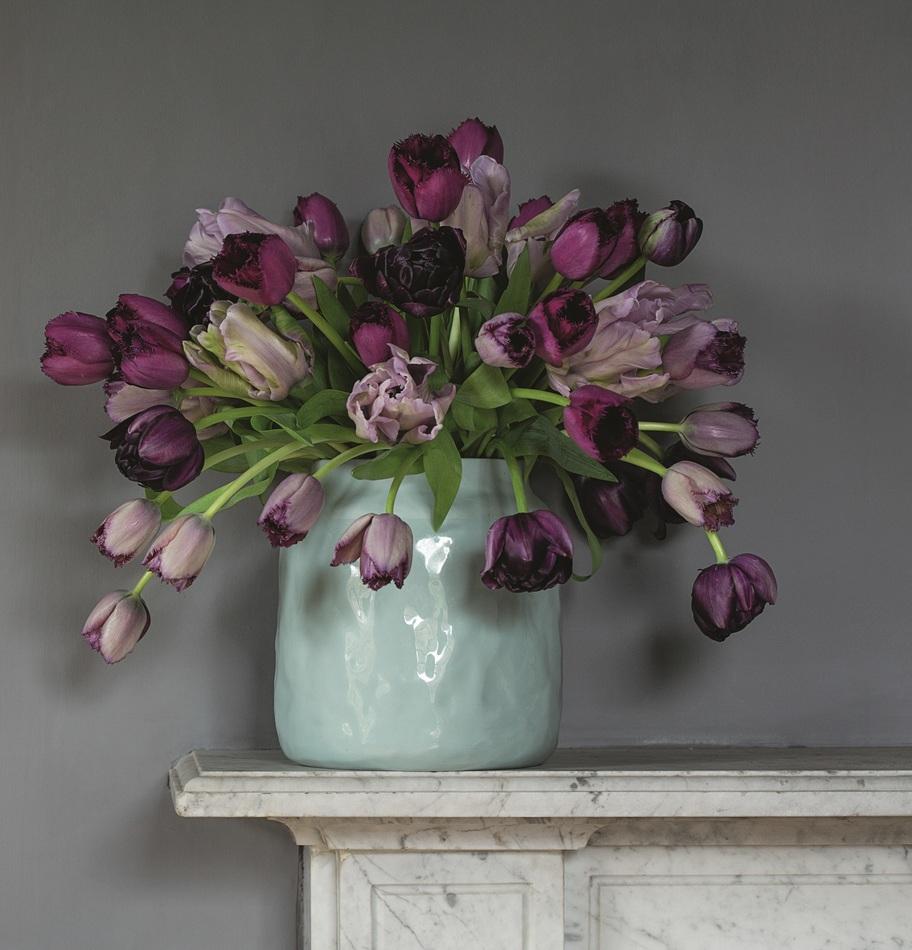
As a professional botanical photographer, what tips would you give to someone who’s just starting out?
"Try shooting with the light behind the flowers or in low light, which can give fantastic results. If you have a steady hand and use a high ISO, don’t be afraid to hold your camera. You can flow much better in your work and achieve a more naturalistic feel if you are not restricted by a tripod."
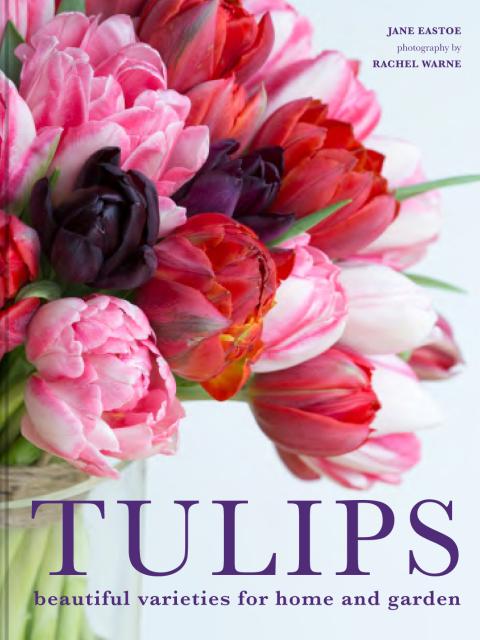
Tulips: Beautiful varieties for home and garden by Jane Eastoe with photography by Rachel Warne is published by Pavilion Books.
*Never tuck in to just any old cut flower; only use certified edible flowers from specialist suppliers that have been grown for human consumption.

